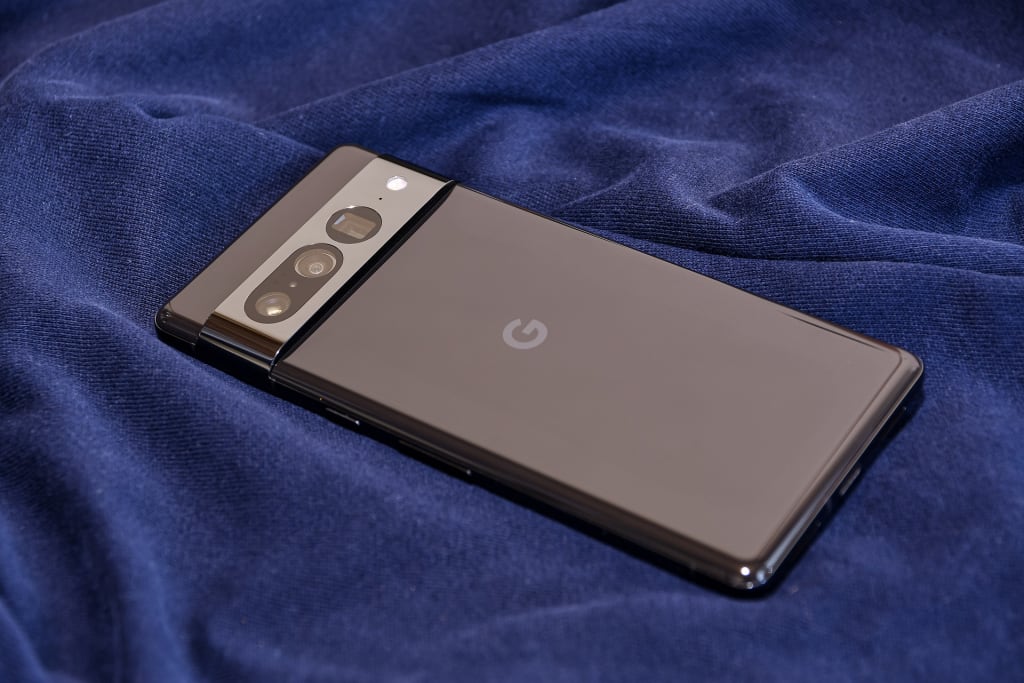Google Pixel 8 leak points to desktop mode support
A Pixel that could cut out your PC?

Over the last couple of generations, Google has been sluggishly but steadily conforming Pixel line- up to support more and more advanced use cases and features. bias like the Pixel Fold and Pixel Tablet give further versatility than ever inside the Pixel family, and Google is n’t stopping there. As we ’ve formerly revealed, the forthcoming Google Pixel 8 series of phones is set to admit a more performant Tensor G3 SoC, ultramodern camera detectors, and brand-new displays, among other effects, which should all appeal to power druggies.
Now, thanks to a source inside Google, we can reveal another long- awaited advanced point that’s eventually coming to Pixels. Support for USB DisplayPort alternate mode is heading to the Pixel 8 and Pixel 8 Pro. Let’s take a look.
- What's USB DisplayPort alternate mode?
When the USB- IF first unveiled the USB- C standard back in 2014, utmost people just saw a new, reversible connector and pets that were kindly
briskly than ahead, but the standard was way further than that. Unlike former duplications of USB, USB- C was designed with versatility and extendibility in mind.
One of the main ways this was achieved was by adding support for alternate modes. The idea is simple USB- C entrapments have a lot of connector legs( 12 to be precise, or double that if you also count the bones
that are there to support reversibility) and are formerly designed to support high pets, so why not allow the use of the same connectors for different operations too? Alternate modes made a lot of other anchorages, and indeed old DC charging entrapments, principally obsolete. Why have a devoted harborage that you'll only use sometimes when USB- C can be used for that operation and way more?
- DisplayPort Alt Mode allows bias to connect to displays via USB-C.
There are colorful alternate mode norms, but two of the most important bones
are ThunderBolt and DisplayPort. The former transmits PCIe, the same connection machine used for PC graphic cards and high- speed storehouse extension, among other effects. It also supports audio, fast data transfers, and indeed display labors via the DisplayPort standard. The possibilities are principally endless — just look at all the available jetties and dongles that can add nearly any standard imaginable to nearly any device that supports ThunderBolt.
USB- C can also support the DisplayPort alternate mode without ThunderBolt. While that’s far less protean, it’s still a useful option for bias that preliminarily did n’t offer a way to affair high- resolution videotape to an external display. suppose tablets and smartphones that do n’t have room to spare for an HDMI or other devoted display harborage.
- What would the Pixel 8 use DisplayPort for?
While my source does n’t have specific information regarding Google’s DisplayPort plans, with some good old law digging, we can figure out what Google might have in mind for the Pixel 8. One of the more egregious uses for external display support is to transfigure a phone into a desktop relief. With a display, keyboard and mouse, a handset could be used as a tool for light office work.
This conception obviously is n’t new. In fact, its first replication came into actuality in 2011, slightly three times after Android’s original launch. Motorola ATRIX had a special wharf that converted it into a introductory desktop computer. Since also, there have been numerous further attempts, like Microsoft’s bet on Continuum back in 2015. Thanks to the common codebase of Windows 10 and Windows 10 Mobile, elect Lumia phones could give a full Windows desktop, just like on a real PC.
- Google may include a desktop mode, directly from your phone's USB- C harborage, much like Samsung DeX.
But maybe the most memorable perpetration, at least in the Android space, is Samsung DeX. Launched in 2017, Samsung flagship phones continue to support Dex, allowing for a desktop experience via nothing further than a USB- C string or HDMI appendage. Another manufacturer that supports the idea is Motorola with their “ Ready For ” point, which does everything that DeX does and further, for illustration, including a devoted videotape converse mode. It’s supported on flagship bias as well as some upper-mid-range models.
There’s other substantiation to support the idea that Google might be working on a Pixel desktop point. As spotted by Mishaal Rahman, recent Android 14 betas have support for USB- C DisplayPort Alt Mode and introduced advancements to the desktop mode that was present in the launcher law for a while. While it’s still fairly rough, Google has n’t forgotten about it and is still laboriously working on it. Google’s also been perfecting support for physical keyboards, although that might be for the bruited keyboard for the Pixel Tablet.
About the Creator
Enjoyed the story? Support the Creator.
Subscribe for free to receive all their stories in your feed. You could also pledge your support or give them a one-off tip, letting them know you appreciate their work.






Comments
There are no comments for this story
Be the first to respond and start the conversation.